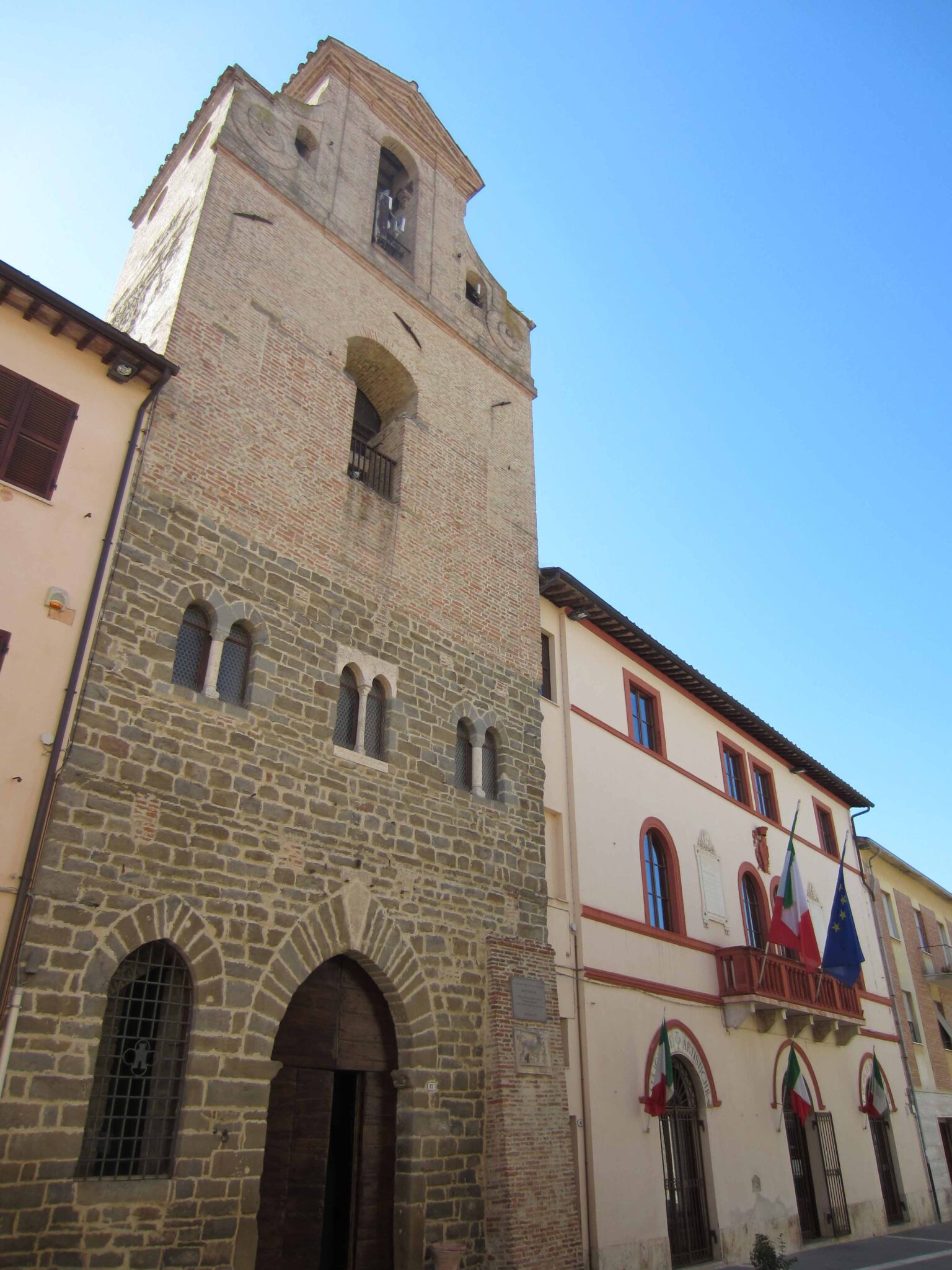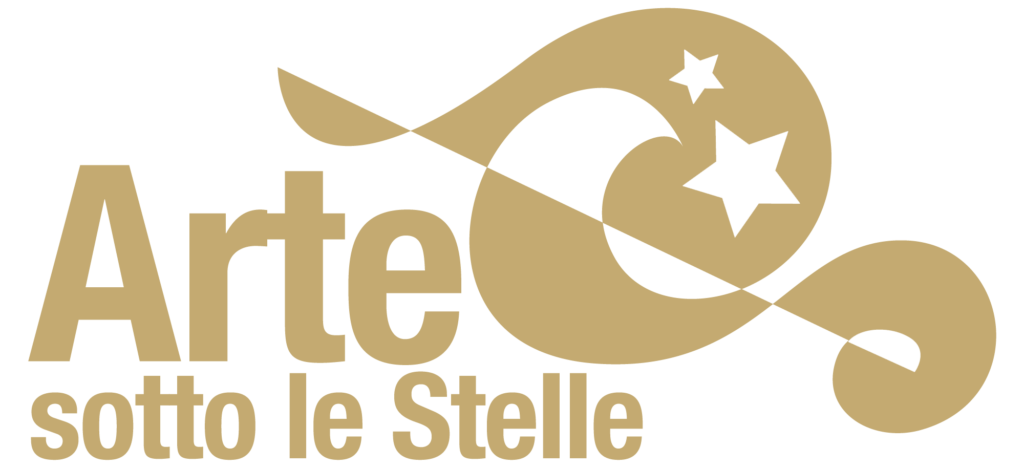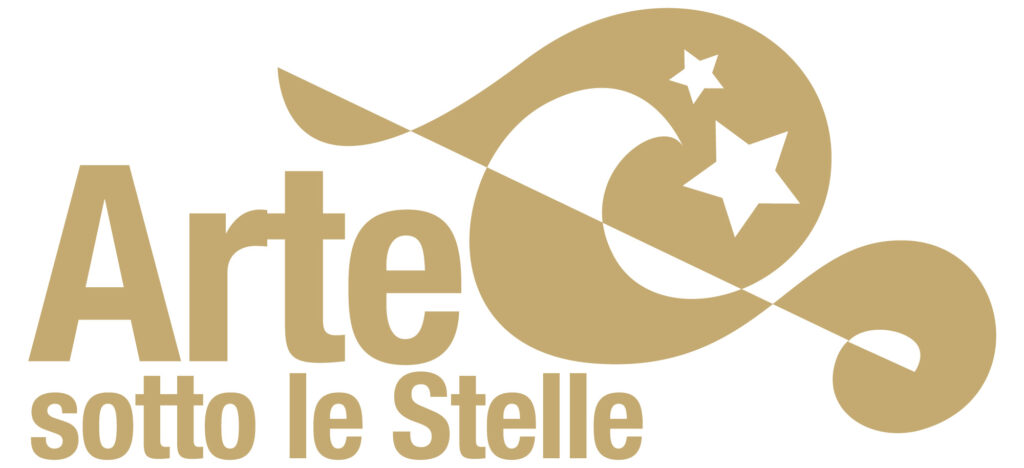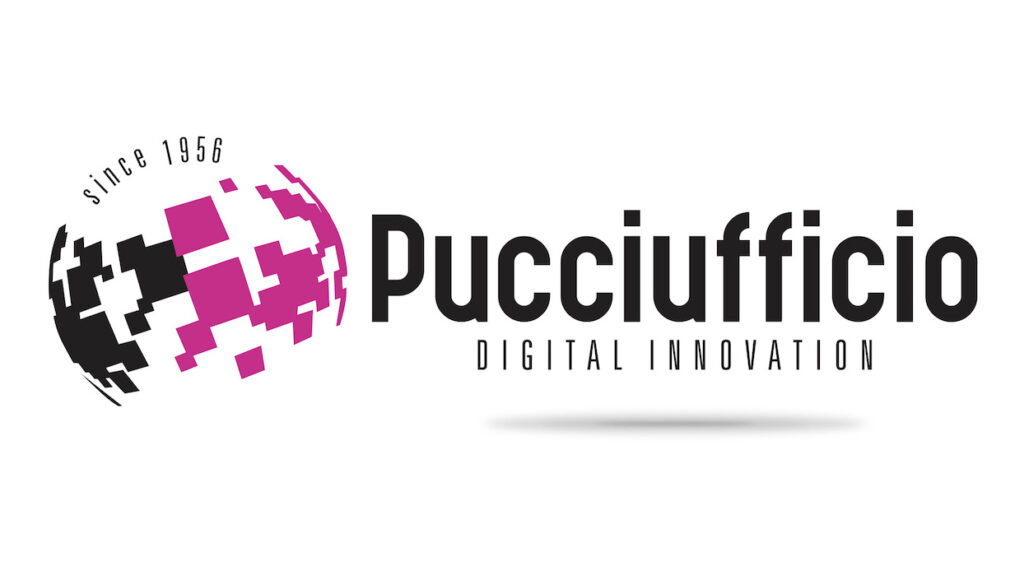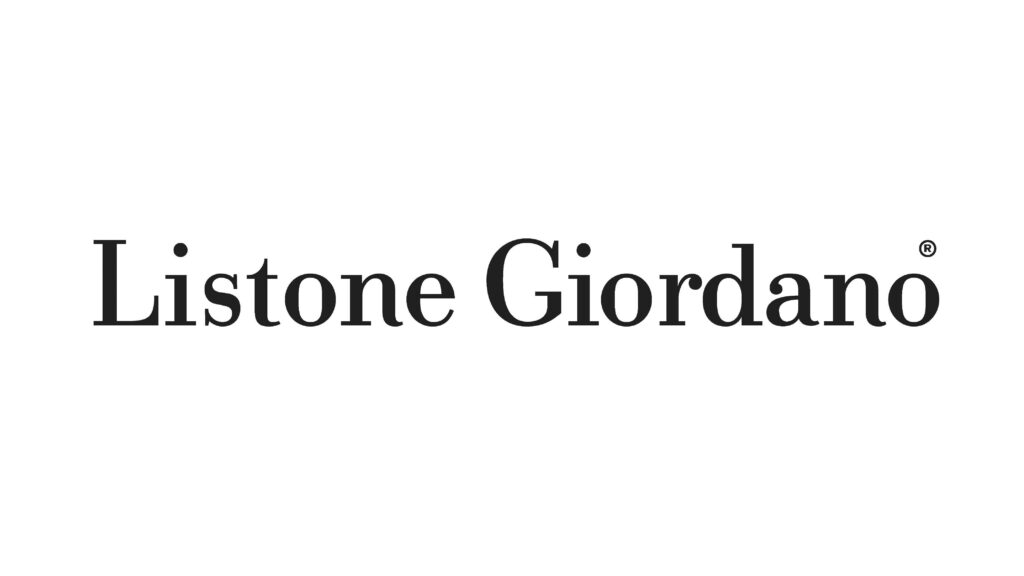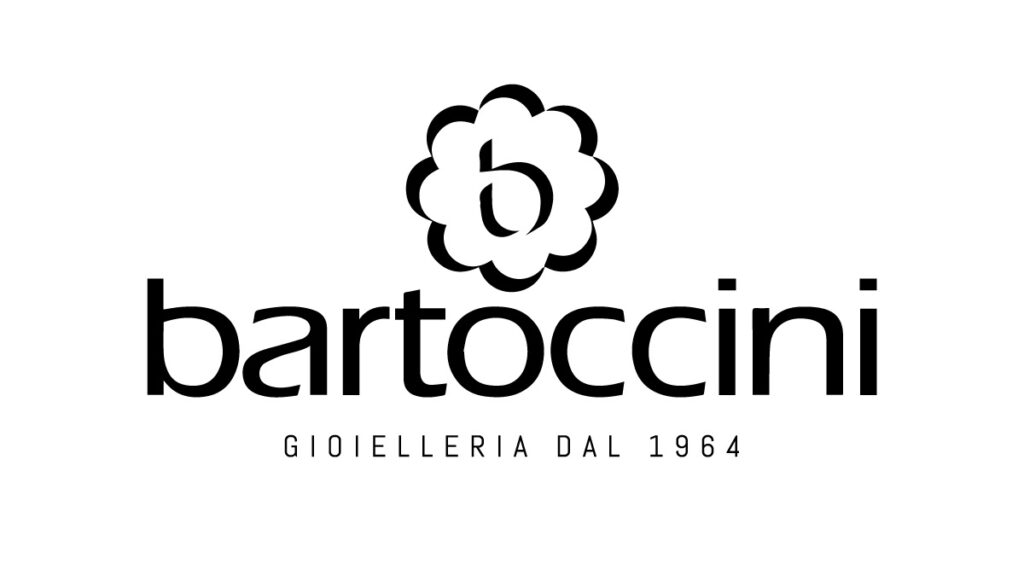Pinacoteca Comunale – Deruta
I reperti esposti nell’atrio rappresentano memorie, per lo più architettoniche, medievali e rinascimentali.
La collezione custodita nella Pinacoteca nasce agli inizi del Novecento, con opere precedentemente appartenute a chiese e conventi e successivamente passate a proprietà comunale; la raccolta si è arricchita nel corso del Novecento grazie ad acquisizioni e donazioni, tra cui la più importante risale al 1931 quando Consilia Pascoli, erede del collezionista e scrittore d’arte Lione Pascoli, donò al comune circa quaranta opere.
Il primo piano dell’edifico ospita gli affreschi provenienti dalla demolita chiesa dei Defunti di Ripabianca e da altri luoghi di culto, tra cui la chiesa dell’ospedale di San Giacomo di Deruta che conteneva, in origine, il dipinto di scuola peruginesca; seguono poi opere provenienti dalla Chiesa di San Francesco, tra cui la Madonna dei Consoli di Nicolò Alunno, il Missale fratum minorum del Maestro di messali Deruta-Salerno e due Stendardi processionali con trigramma bernardiniano di un anonimo umbro del XV secolo.
Nella Sala di Perugino è esposta l’opera asportata dal muro della chiesa di San Francesco, eseguita da Pietro Vannucci a seguito della peste del 1477-1478.
Al secondo piano della Pinacoteca si trova la Collezione Pascoli, che include opere quali ritratti, nature morte e paesaggi.
